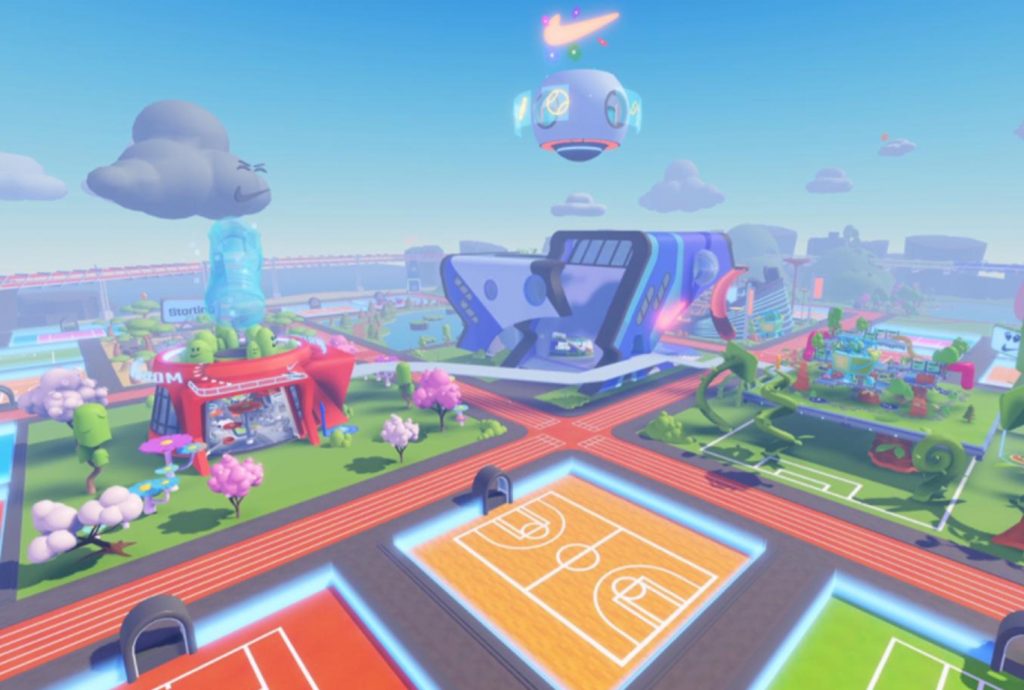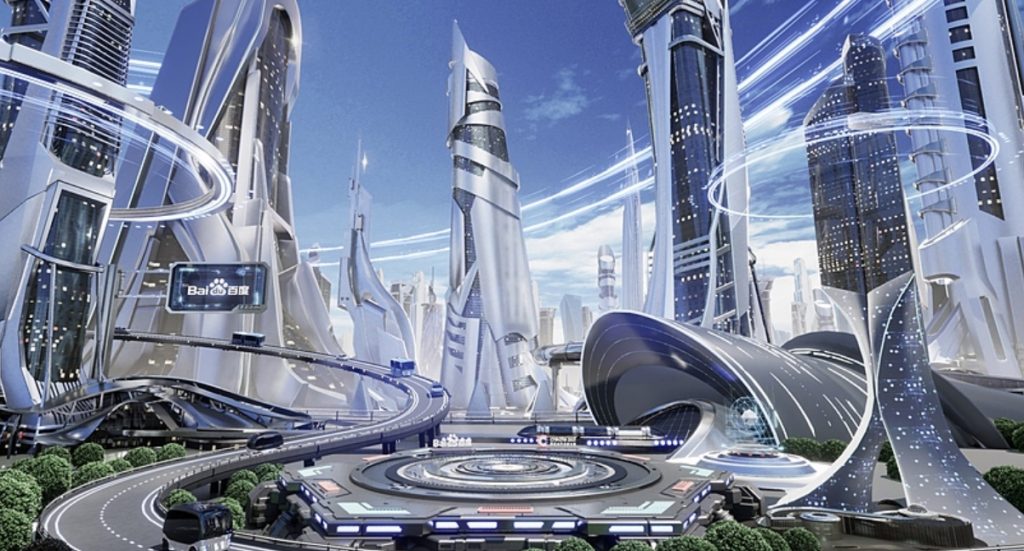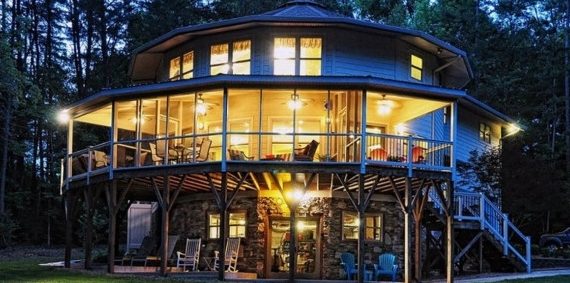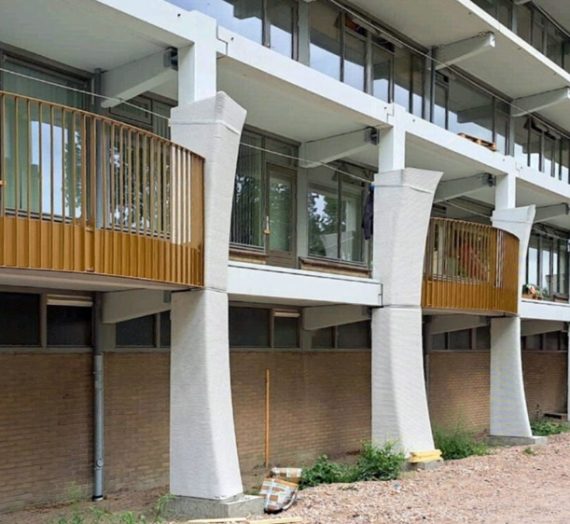Over the past ten years, architectural agencies have begun to familiarize themselves with virtual models and BIM. But now comes the metaverse… Can the temptation of virtual architecture allow us to find a space of creative freedom?
What is the metaverse?* It is presented to us as the ultimate achievement of the Internet, the development of a universe parallel to the real world where everyone can move around, acquire goods, live daily experiences… ‘hears. Equipped with a virtual reality headset, once you have crossed the barrier of the metaverse, you will be able to create your own life.
So you can choose the destiny of a multi-billionaire with a luxurious property, staff available, from the back of the sofa in your 35 m² HLM… When you take off your helmet, the shock can be quite violent!
If at first sight, it is all the failings of this new universe that are obvious, with the attacks on the psychological integrity of the users which will result from this mirror with larks, the fact remains that this new three-dimensional space is an architectural space and, as such, shouldn’t architects take up this subject?

I have always considered that the advent of BIM was for architects the beginning of the disappearance of the idea that “every building is a prototype”, a famous maxim capable of justifying all the malfunctions and poor workmanship of a building during its construction. delivery. BIM is a derivative of tools developed by industry to reduce prototyping costs before going into production. Manufacturers, accustomed to making prototypes of their creations in order to reduce the risk of poor workmanship during mass production, quickly understood the interest of making a virtual prototype, which is much less expensive and faster to use than an actual prototype.
To date it must be recognized that, having reached the level of complexity of our buildings, rare are the cases where integral prototyping proves to be profitable before construction because the building does not reflect the overall cost. However, the time required to produce a virtual prototype is very close to the construction time that the building will require.
So the interest is not found as for the industrialist upstream but downstream, in the exploitation of the building, the operator of which having to undergo for many years more or less embarrassing malfunctions. But, lately, clients have been putting off launching the construction of their new projects until the last minute: they are tightening study deadlines, construction deadlines, etc. As, most of the time, they don’t are not the future operators, if the spaces are not perfectly adapted to the use…
Our digital models have not yet revealed their full potential: here again, it is very rare to have future users survey the building virtually. In theory, however, it would be quite simple to pour the model into the metaverse, give its address to users who, wearing their virtual reality helmets, could walk through the corridors and rooms of their future universe.

Of course, an architect can imagine the worst, with the risk that the project owner or the company interferes in all the details of the project. But this tool could also make it possible to “sell” architectural devices that may appear obscure on a plan: a triple-height atrium is easier to sell when it is lived in than drawn on a plan! It is also possible to imagine that the metaverse could make it possible to test these devices and to analyze how they are perceived by users. A kind of place of research and experimentation where architects would model spaces to have them tested by everyone and thus collect the feelings of a large population. It could thus be easier to propose, for example, habitats closer to what the population expects and undoubtedly more intelligent than the simple normative application that is made of them today.
It is also allowed to imagine places of sensory experimentation in connection with research, in particular medical, making it possible to analyze how architectural spaces influence our psychic state, and thus to be able to subsequently implement them in physical buildings.
The object of architecture will remain to create real and concrete spaces and, despite the ever-increasing pressure of constraints on the act of building – justification of the smallest gram of material used, its environmental impact, its carbon footprint, the energy balance of each m² produced, the absolute control of the light contributions not in relation to a quality of space but in relation to an average standard, the inclusive will which tends to the production of a smooth architecture without asperity, etc. . – the temptation of virtuality can finally make it possible to find a space of creative freedom! Plus, no financial limit!
It would then be possible to envisage poetic and lyrical places without the risk of being sanctioned by a budget cut or any normative dogma.
So, is the future of architecture in the metaverse? In any case, architects will have to get down to it, starting perhaps with architecture schools! If this parallel universe must be made by computer scientists, it is not sure that quickly enough it will not become a hell. But perhaps this is its final vocation?




